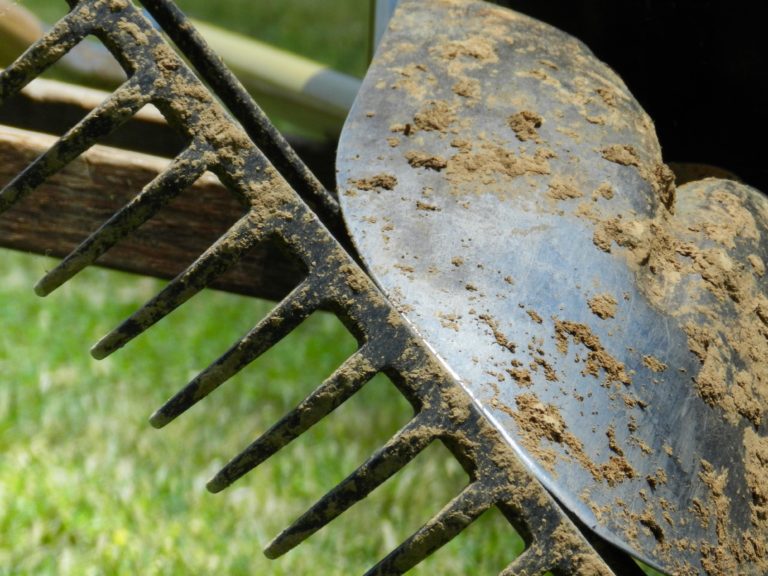50% Off First Application¹
Call 1-855-940-1479
and connect with a TruGreen consultant
Avoid Common Lawn Problems With These 6 Simple Tips
No matter how much time you have to devote to lawn care, there are certain lawn problems that must be taken care of in order to retain a healthy and successful lawn. Many homeowners select a low-maintenance grass variety and think that their lawn will take care of itself, but even seed blends that are easy to manage require some basic maintenance. The following 6 tips will help ensure that you have lawn that thrives all year long.
Know when to mow
Mowing your lawn is not just an aesthetic chore. For a lawn to thrive it needs to be mowed often, and you need to be sure that you’re keeping your lawn at the proper height. The exact mowing height is dependent on the type of grass and the time of year. Familiarize yourself with the type of grass seed that’s planted in your lawn and do your best to stick to the recommended mowing guidelines.

Lawn weeds can do major damage to your grass, and they can do so very quickly. By educating yourself about the types of weeds in your area and the best way to prevent them in your yard, you can ensure that your grass remains healthy and weed-free. Here are five tips that make it much easier to have a weed free lawn:
Fertilization is key
The health of your grass depends greatly on the health of your soil. All sorts of factors can affect your soil’s health and pH balance, and keeping a close eye on the status of the soil will help you to avoid many of the common lawn problems that are experienced in your area. Fertilization feeds your soil, and most lawns require annual fertilization at the very least.
Proper irrigation requires precision
The ideal irrigation patterns for your lawn can be very hard to figure out, and it is vital that you keep up with the amount of rainfall experienced in your area. During drought seasons, or in areas that remain dry year-round, you may need to rely solely on manual irrigation. When rainfall is present you may still need to supplement your lawn’s irrigation with additional watering. Knowing the proper amount of water for your grass and region is vital for a healthy lawn.
Aerate your lawn
Aeration may seem like an intimidating process, but thanks to the variety of tools available to homeowners it doesn’t have to be hard. Aeration eliminates a variety of lawn problems by increasing air and water flow to your soil as well as removing thatching. The tools available for aeration vary greatly in ease of use and price. Shoes featuring a spiked bottom are one of the easiest and cheapest options available, but advanced machinery can be purchased or rented for aerating your lawn.
Pests cause lawn problems
There are certain types of insects that can be beneficial to the health of your lawn, but many pests can be extremely detrimental. Getting rid of pests in your lawn can be a tricky issue. There are many pesticides that are available in stores, but picking the best one can be an overwhelming process. Many of these chemical products can be as harmful to your lawn as the pests that they fight, and contacting a lawn care company or pest removal expert is the safest way to eliminate these unwanted bugs.
Ask for help when necessary
Keeping a lawn healthy is a big task, and sometime it’s not one that can be completed on your own. If you are still facing lawn problems despite your best attempts, it may be time to reach out to a professional lawn care company. There are many types of companies out there, some of which take over the care of your lawn completely and other’s who help you get it to a more manageable level. Don’t be afraid to reach out to a lawn care professional, doing so could drastically reduce the amount of manual care that your lawn requires.

TruGreen will gladly visit your property as often as needed between scheduled visits to make any necessary adjustments and to ensure your satisfaction.
Getting Started with TruGreen
- Call or fill out the form above to reach a lawn care specialist.
- Know the square footage of your yard, as well as any specific areas of concern.
- With the help of your specialist, create a customized lawn care plan that meets your lawn’s needs.
- Schedule your Healthy Lawn Analysis2 to start your service.
